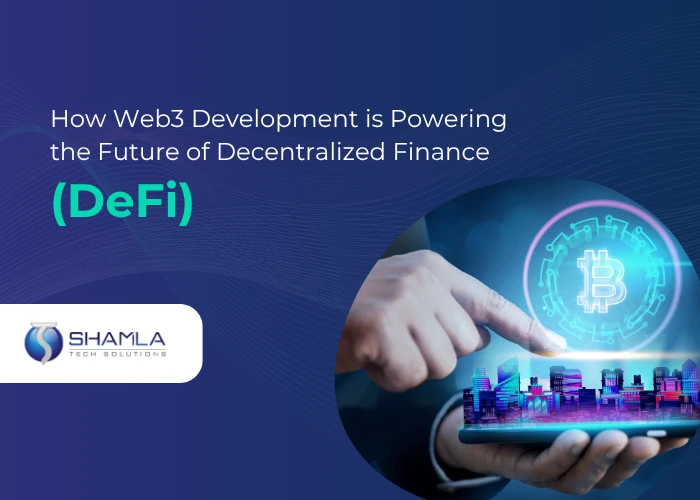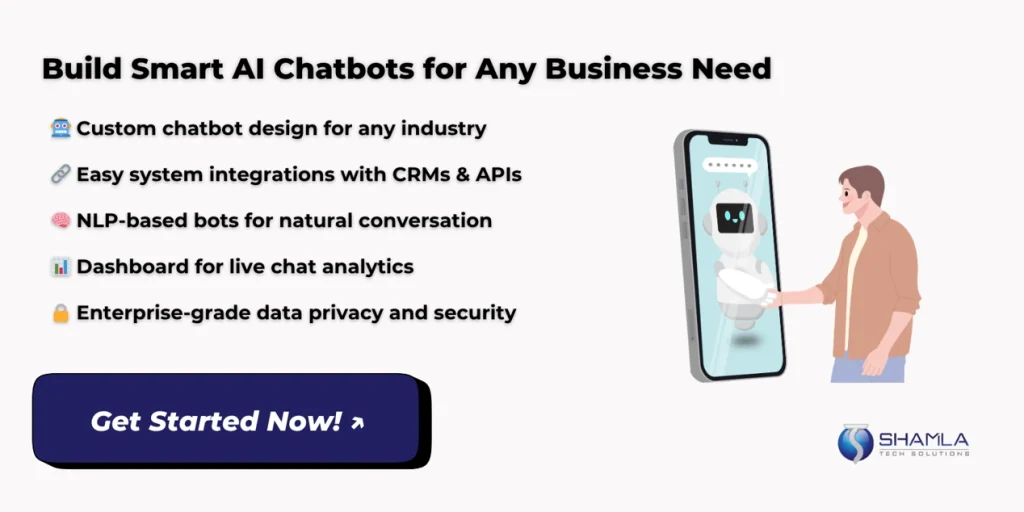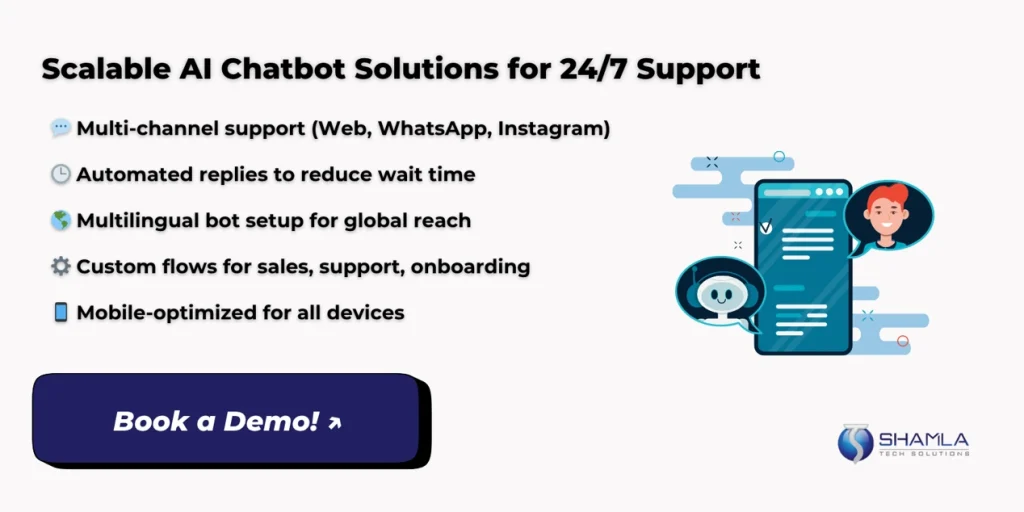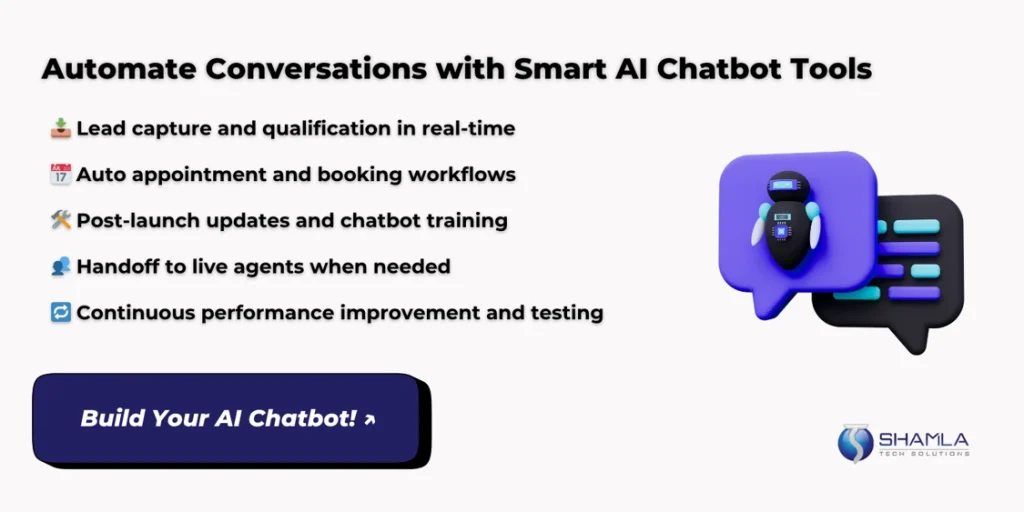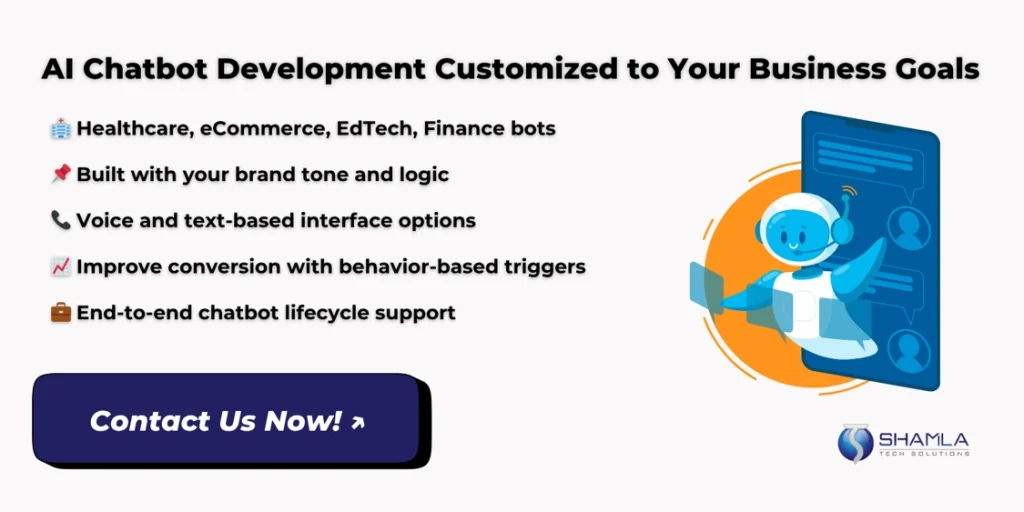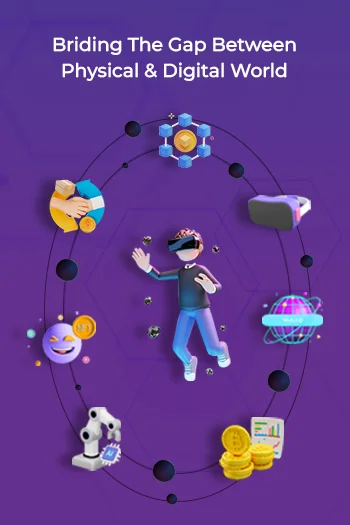Web3 development uses blockchain networks to create apps where users manage data and assets. Web3 and DeFi merge smart contracts with transparent ledgers so people access services without banks or middle agents. Self-running code allows users to lend, borrow, and trade tokens without middlemen. Each action is recorded on a shared blockchain, making it secure and tamper-proof.
Developers encode rules in self‑executing scripts that manage payments and collateral. Removing central gatekeepers reduces fees, speeds settlement, and increases security. Observers predict the future of decentralized finance will deliver fairer, faster, and borderless markets. Clear, code‑based systems promise wider inclusion and stronger trust among participants.
The Rise of Web3 and Its Role in DeFi Development
Blockchain nodes record transactions in linked ledgers, enabling Web3 development to shift control from central servers to peer networks. In Web3 development, smart contracts automate trades and loans with on-chain rules, removing single points of failure. This change forms the base of Web3 and DeFi, where protocols handle liquidity pools and earning methods without needing any central authority or trusted middle party. Platforms like Uniswap and Aave use shared ledgers to match orders and handle collateral through code.
DeFi development leverages modular components, letting builders deploy token swaps, synthetic assets, and staking functions by assembling tested modules. Transparent proof records build user trust and allow real-time audits. Ensuring resilient networks.
Developers rely on distributed nodes and gas markets to fund execution, making Web3 development efficient for scale. Standard interfaces like ERC‑20 and ERC‑721 simplify asset creation and interoperate across chains. By linking oracle feeds, Web3 and DeFi systems receive real‑world price data, enabling advanced options and derivatives. Governance tokens allow stakeholders to vote on protocol upgrades and risk parameters.
DeFi development also focuses on composability, security audits, and minimal latency. Layer‑2 rollups and sidechains handle high‑throughput demand. Permissionless access means anyone with a wallet can participate in lending, trading, or insurance pools. Open‑source libraries and transparent logs support innovation and collaboration.
How Web3 Development Shapes the Future of Decentralized Finance
1. ZK‑Rollups for Fast, Private Transactions
ZK-rollups group many transactions off the main chain and submit one combined proof back to the main network for verification. This method lets networks process thousands of trades per second while keeping data private. In Web3 development, builders use proofs that verify state changes without revealing each step.
Users pay lower fees because gas costs spread across many actions. Nodes trust the rollup’s proof instead of replaying every transaction. This boost in speed and privacy drives the future of decentralized finance by making high‑volume services viable on public chains. Faster settlement and hidden balances open new use cases for retail and institutional traders.
2. Cross‑Chain Bridges for Seamless Liquidity
Cross-chain bridges connect different blockchains, allowing tokens to transfer between them directly without using a central exchange. In Web3 and DeFi, these bridges use locked‑asset contracts on the source chain and mint wrapped tokens on the target chain. Developers monitor both ledgers to prevent fraud and enforce one‑to‑one backing.
Bridging expands user options by tapping liquidity across ecosystems. As funds flow freely, the future of decentralized finance shifts from isolated pools to global liquidity nets. Reliable oracles and multi‑sig validators guard assets in transit, reducing risk while unlocking deep capital across Ethereum, BNB Chain, and emerging layer‑1 blockchains.
3. DAO Frameworks for Community‑Led Governance
4. Layer‑2 Scaling with Sidechains and Rollups
Layer‑2 solutions push activity off the main ledger, easing congestion and cutting costs. In Web3 and DeFi, sidechains run parallel networks with their own validators, while rollups compress data for cheaper on‑chain proofs. Builders connect layer‑2 nets through bridges and standard token interfaces.
Users transact with near‑instant finality, then settle cumulative changes back on the main chain. These tools enable fast trading, small payments, and NFT creation without overloading the main chain. This type of scaling prepares decentralized finance to handle sudden increases in user activity. Lower barriers let small users join complex strategies without crippling fees.
5. Composability and Modular Protocol Design
6. Cross‑Chain Asset Transfers and Wrapped Tokens
7. Security Audits and Formal Verification
Opportunities in DeFi Development Through Web3
1. Open‑Source Libraries
2. Interoperable Protocols
3. Automated Liquidity Pools
4. On‑Chain Governance
5. Layer‑Two Scaling
Conclusion
Web3 development and DeFi unite transparent ledgers with self‑running scripts to remove middlemen. This push decentralizes asset flows, automates trust, and secures transactions across networks. Developers build open systems that validate actions. These advances drive DeFi development and signal the future of decentralized finance: borderless, permissionless markets fueled by code.
Shamla Tech is a Web3 development that builds custom‑made smart contracts, bridges, and scaling layers that power secure finance apps. Our team audits code, integrates oracles, and deploys on Ethereum, BNB Chain, and rollup networks. Our full Web3 development services help businesses build DeFi solutions that follow rules and run securely from launch to scale.
Ready to launch your DeFi platform?
Contact us today for secure, scalable Web3 and DeFi development solutions!
FAQs
1. What is Web3 development?
2. What is DeFi development?
3. How do Web3 and DeFi work together?
4. How do ZK‑rollups boost scalability?
ZK‑rollups batch many transactions off main chains into single proofs, boosting speed and privacy. This tool cuts fees and scales networks. Builders integrate proofs so DeFi apps serve more users.

